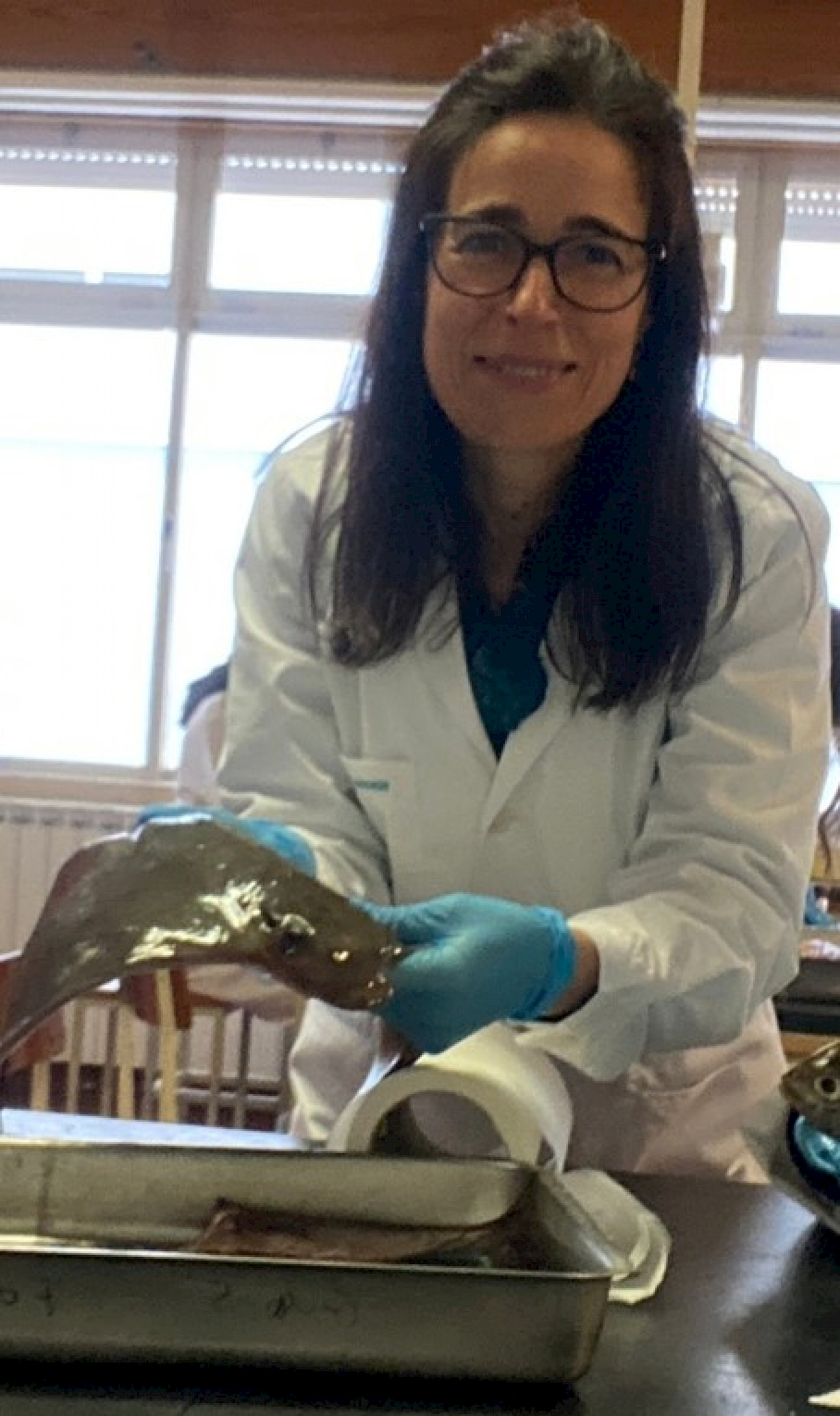Study concludes that hake consumption may cause adverse health effects from high mercury levels
In order to achieve these results, the FCTUC team bought the products fresh from the market and replicated the traditional cooking methods in the laboratory.
English version: Diana Taborda
Are mercury levels in fishery products safe for high-fish consumption populations? A new study conducted by scientists of the Department of Life Sciences of the Faculty of Sciences and Technology of the University of Coimbra (DCV | FCTUC) shows that the highest mercury levels were detected in predatory species such as hake - a fish that feeds on smaller aquatic species, with potential adverse health effects in humans due to mercury concentration.
The study "Are mercury levels in fishery products appropriate to ensure low risk to high fish-consumption populations?" considered the daily portions recommended in the balanced diet chart and defined a safe weekly consumption of cod, hake and boiled octopus, as well as grilled horse mackerel and sardines for the Portuguese population, in order to prevent adverse health effects, since some marine species may contain high concentrations of methylmercury.
Elsa Teresa Rodrigues, coordinator of the study and researcher at DCV and the Centre for Functional Ecology (CFE), explains that methylmercury is "a chemical form of mercury that can bioaccumulate in biological tissues and is highly neurotoxic. In this study, we found that hake ( weighing more than 1kg), cooked and consumed more than once a week, and horse mackerel (35-40 cm), grilled and consumed more than five times a week, exceed the value of methylmercury considered safe and established by the European Food Safety Authority. Cooked cod and octopus, as well as grilled sardines, when purchased and cooked under the conditions tested, can be eaten without restrictions".
In order to get these results, the FCTUC team purchased the fresh products in the market, and simulated the traditional cooking methods in the laboratory.
According to the DCV researchers, “we found that the culinary treatments tested always resulted in an increase in mercury concentration; and that in all situations tested (raw and cooked samples, total mercury and methylmercury), the highest levels were detected in hake and horse mackerel”.
“With this study, in addition to the scientific knowledge produced, we have contributed to a safe and healthy diet for the population living in Portugal, as we have responded to one of the societal challenges of the food sector: helping consumers make informed choices,” the team concludes.
The study was funded by the Portuguese Foundation for Science and Technology and also involves researchers from the University of Aveiro.

